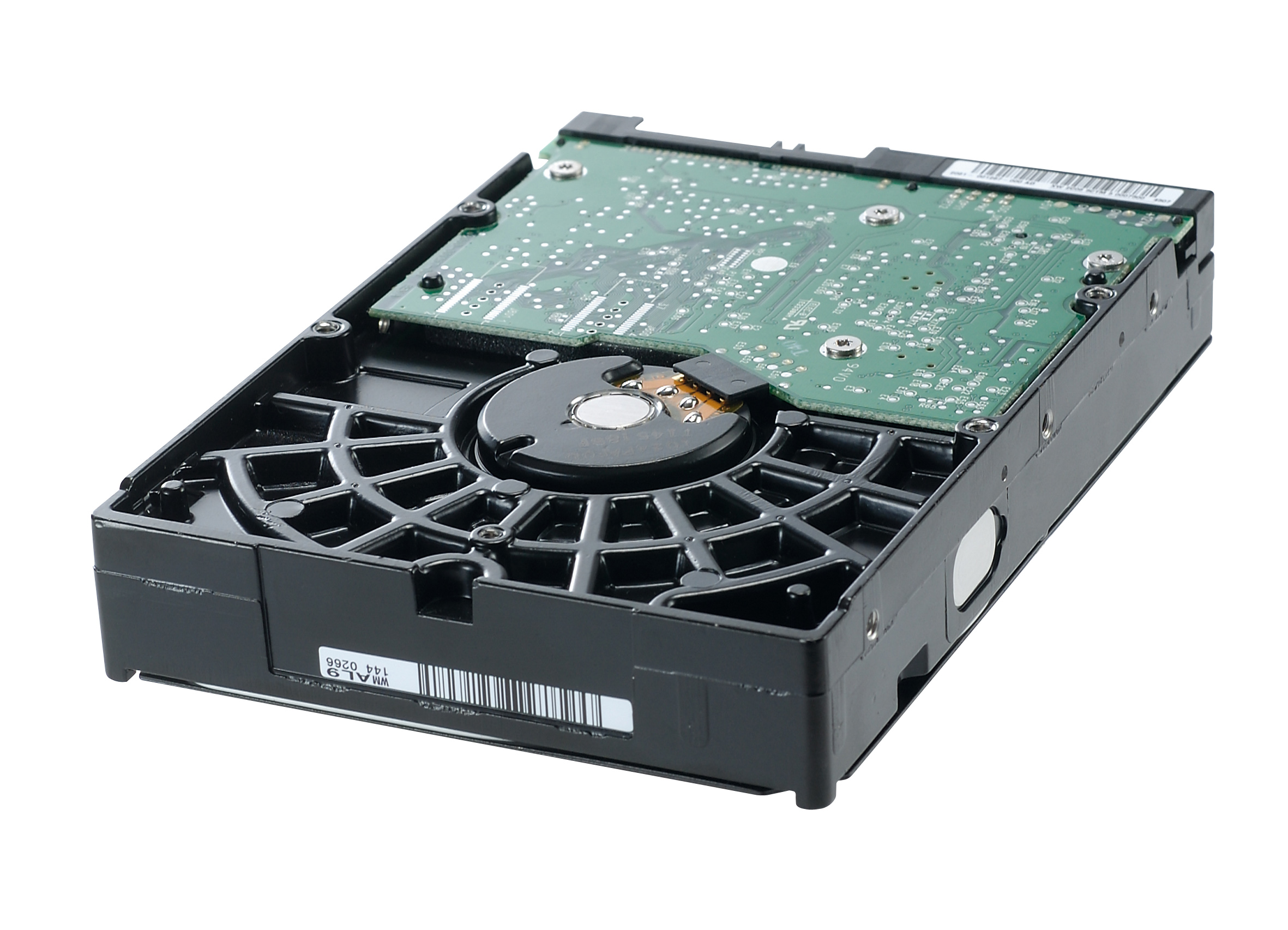TechRadar Verdict
These excellent drives are incredibly well built and perfectly tuned for RAID use
Pros
- +
Great price
Superb performance
Low noise
Cool running
8MB cache
Cons
- -
Only for RAID use
Why you can trust TechRadar
A redundant array of inexpensive disks is fast becoming a popular way of running a server or backup system, even in home situations. A year or two ago, most people would have cringed in terror at the thought of setting up a large cluster of disks acting as a single entity - but not now.
Fortunately, Mac OS X now makes setting up a RAID as simple as firing up the Disk Utility, dragging disks into the RAID window and clicking on 'Done'. Once set up, you have two or more hard drives that will appear as one unit on your desktop, which work at very high speeds.
RAIDs can be striped or mirrored and vastly reduce the possibility of losing data; the disks spread the data between themselves in such a way that if one disk fails, the others will step in and take over.
You can organise a RAID in an external disk cluster using the SeriTek SATA disk housing reviewed above. But when it comes to finding a suitable hard drive to go in it, you need to choose carefully.
Western Digital produces a range of Caviar RE drives that are not only fast and blessed with an 8MB cache, but also have Time-Limited Error Recovery (TLER). All hard drives encounter errors, and before they can continue as normal they undertake repairs to their structure.
A RAID doesn't expect such long interruptions and if a disk doesn't check in for more than eight seconds, the RAID can mark the drive as faulty and ignore it. With TLER, the drive reports itself as being okay even when it's repairing. This means it can go on being a part of the RAID. The errors get corrected, but the RAID is kept happy with a confirmation signal.
We tested the 160GB Caviar RE drives with the SeriTek SATA housing and found them to be fast, quiet and cool. In fact, they're the ideal drives if you're thinking of setting up your own RAID - although for that very reason they're not suitable for single desktop use. Mark Sparrow
Sign up for breaking news, reviews, opinion, top tech deals, and more.
Tech.co.uk was the former name of TechRadar.com. Its staff were at the forefront of the digital publishing revolution, and spearheaded the move to bring consumer technology journalism to its natural home – online. Many of the current TechRadar staff started life a Tech.co.uk staff writer, covering everything from the emerging smartphone market to the evolving market of personal computers. Think of it as the building blocks of the TechRadar you love today.
